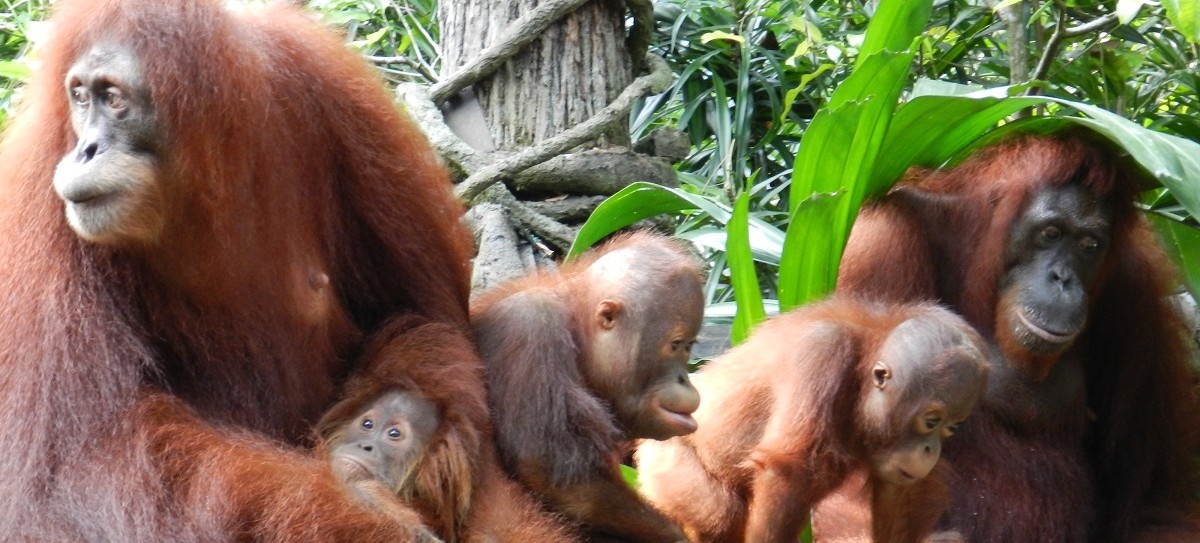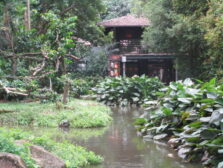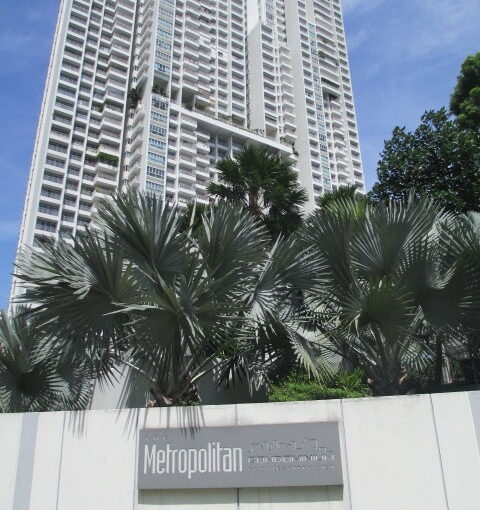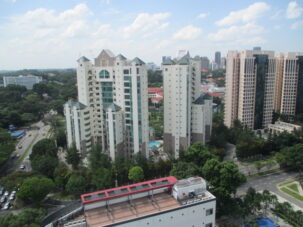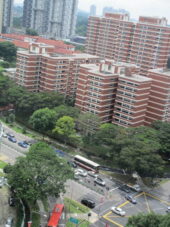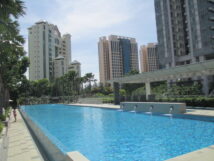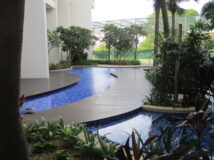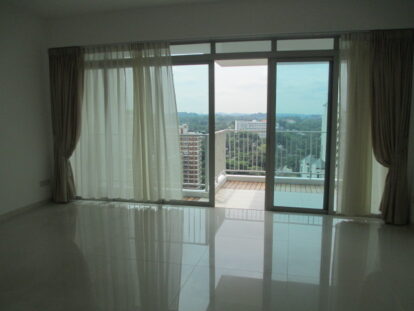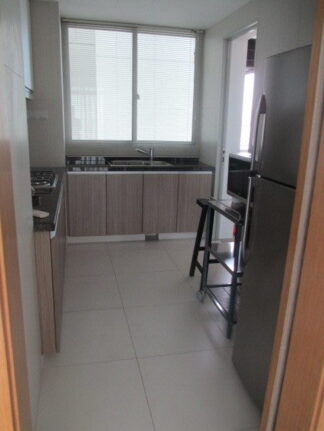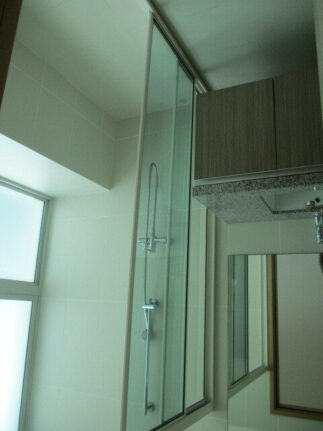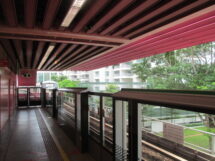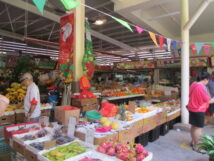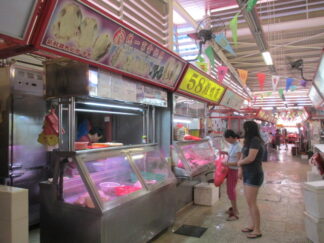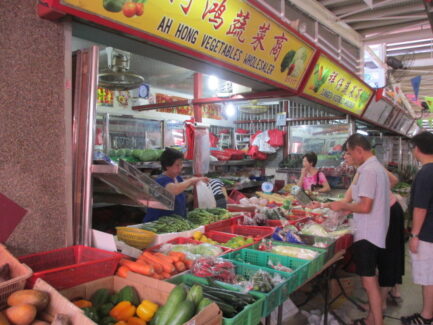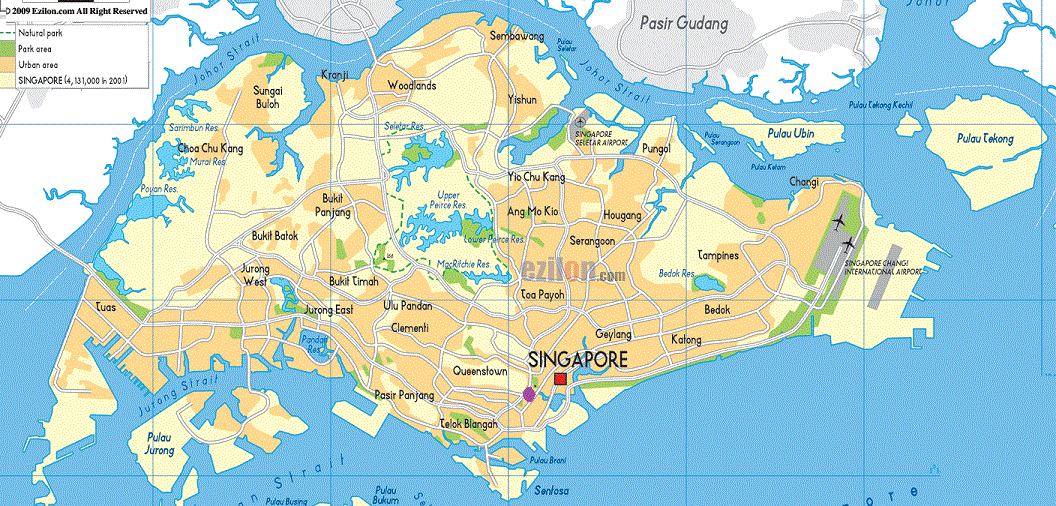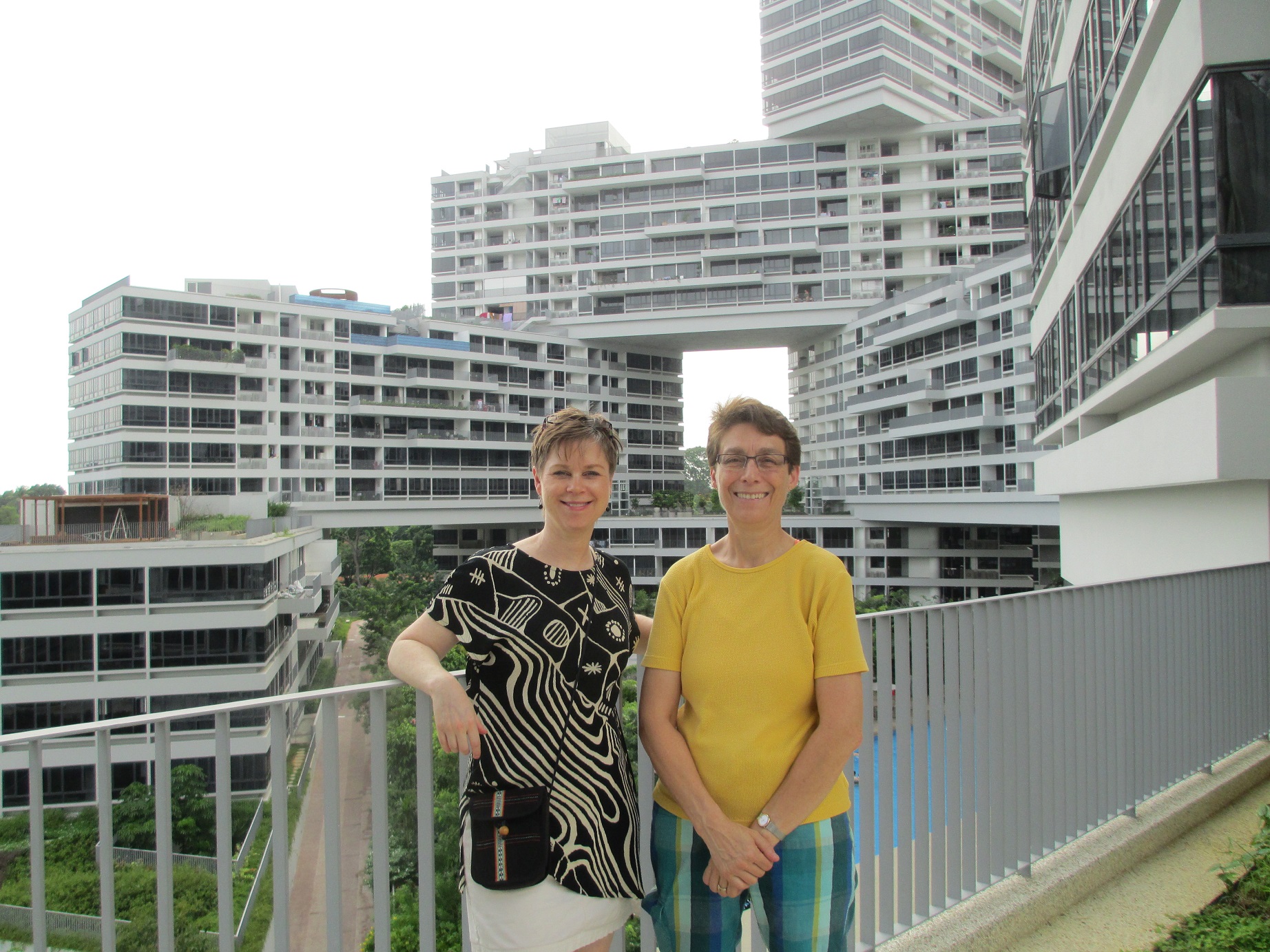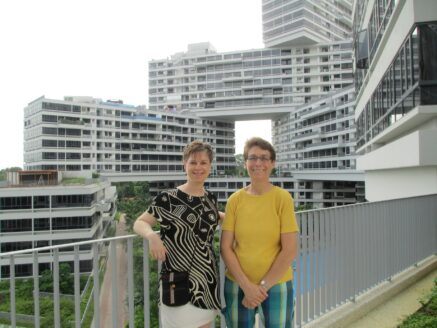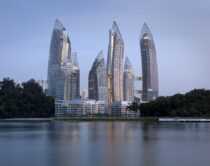Getting There.
Our first bigger adventure, besides activities of daily living, which are also adventurous (food, weather, language), was to the Singapore Zoo. The actual adventure part came in the form of travel, nothing difficult but it made us laugh at how complicated we made it. We had somehow decided that a taxi would cost too much, and the zoo was not easy to get to by train, so we decided to take the bus. While Singapore’s transportation is excellent, you need to select the most efficient way which apparently we did not, but every goof up teaches us more I repeat to myself. It took us 1.5 hours to get there! We took 3 buses. After the first bus, we used Gene’s smart phone to find the next bus stop. The phone map directed us a half mile and after walking it and not finding the stop, we asked a couple of teenagers for directions (we figured they’d speak English, but so happened not that well, so they whipped out their smart phones to check for us). We discovered the bus stop was across the street from where we got off and it had an overpass right there. Fortunately, the third bus took us right into the zoo. Good to know. Won’t do that again; visitors take note!
Onto the Zoo.
The Singapore Zoo has a international reputation as one of the best in the world, and we think it deserves it. What is truly impressive is the shear beauty, openness, seemingly unrestricted animal environments with few visible enclosures. Mostly, the animal species appear to be in natural settings, very little concrete or other man-made materials. The larger animals have water moats around them instead of glass or fencing and the plants are all real. It also has a tremendous botanic garden feel with lots of open landscapes, gardens, streams and at least one lake. It truly is beautiful and you feel that the animals are less confined. But, it was crowed, a popular spot and lots of strollers, imagine that.
The monkeys in particular were wonderful to see. At other zoos I often don’t visit the apes because it is somewhat depressing. Here the monkeys have amazing environments of high trees, ropes, log structures, and they can be seen swinging in trees over the pedestrian paths. It seems like they could travel anywhere in the zoo. The monkeys we saw were very active, engaged with their babies, and mugging for visitors. Unfortunately, not many of my photos of the monkeys in the trees didn’t turn out very well.
It was hot, so hot that I wasn’t keen on going into the rain forest exhibit. It is enclosed and I thought it would be really hot in there, but it was pleasant and one of my favorite experiences. It is like Olbrich Gardens/Bolz Conservatory but much larger, more wild, with many fascinating critters. The bats were amazing and huge and close! There were small mousedeer a foot high under the beautiful plants, monkeys cruising around and on and over the foot paths; birds and butterflies, unusual ducks and turtles.
and Back Again…
Ok, we were dead tired after the zoo and could not handle the bus back so we got in line for the taxi cue (I should have taken a photo of that! It was about 3 blocks long at 5 pm (17:00) on Saturday. After waiting a half hour, we saw a large sign with taxi phone numbers on it and decided to try calling. We discovered that this is a great way to get a taxi; they charge $3 for this personal pickup call onto the cost. The call is completely automated and they know where you are by GPS. It takes about 3 minutes for them to arrive and they call back to give you the taxi number on top of the car so you know which one is yours. Slick! Visitors take note! This return trip for two which was a good distance back to our hotel cost us $15. We figured out that we paid about $8 for the two of us to take 3 buses. Ok, taxis are pretty inexpensive here.
